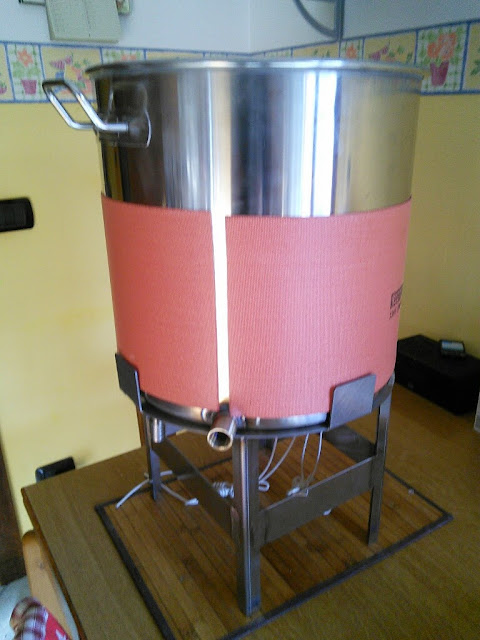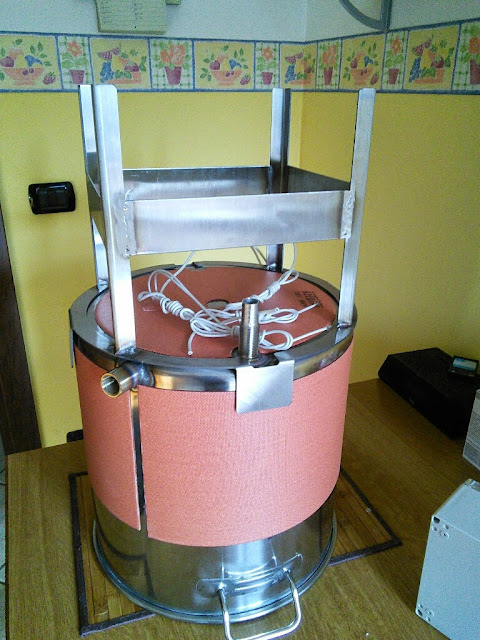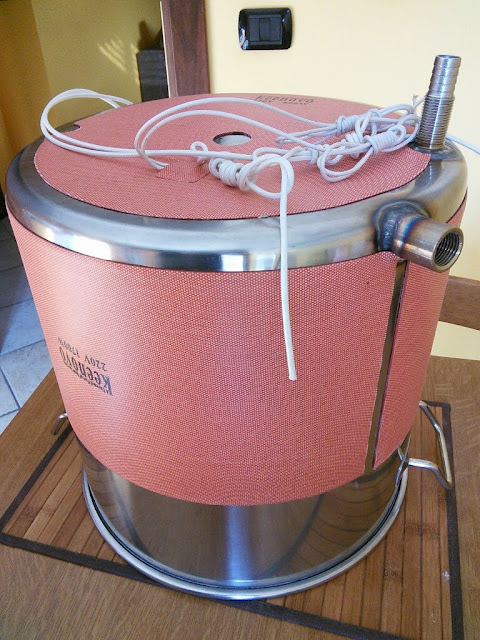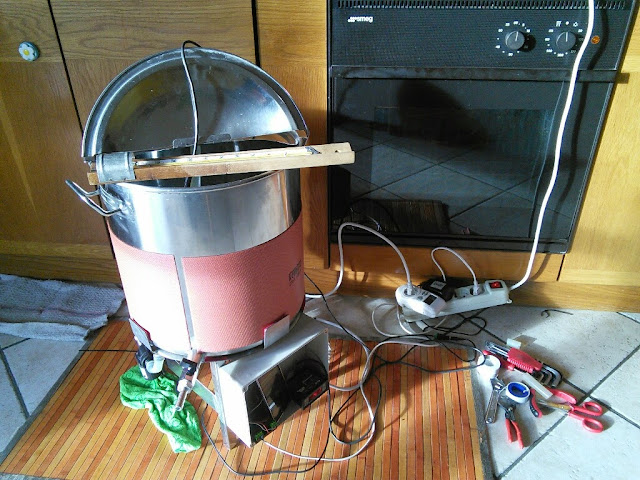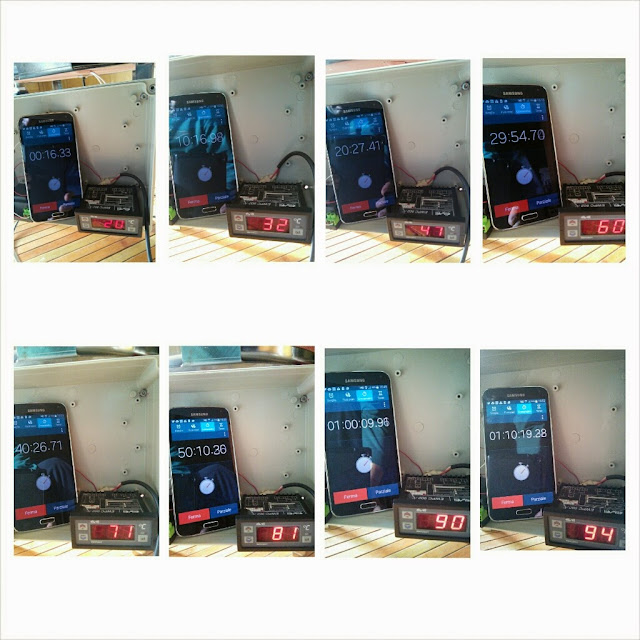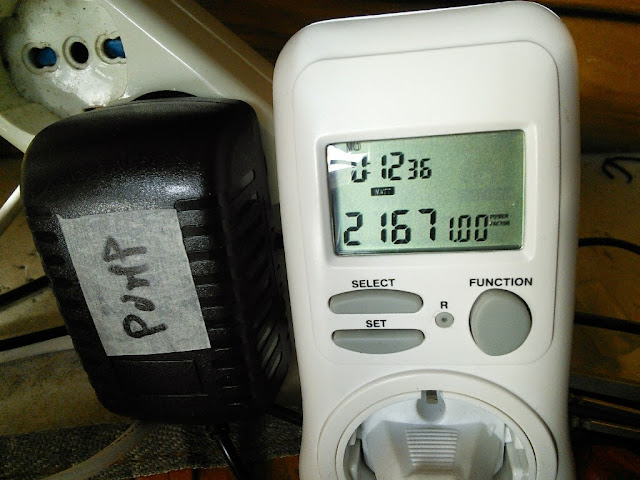I'm in the begining stages of planning a electric build and I got two Wattco Slicone rubber sheets that can reach 450 degrees for free. So I thought I would use one for the MLT and one for the boil kettle. The plan is to wrap the heaters around the keggles so the entire walls will be heated. I was thinking it would be more efficient then using regular elements and I wouldn't need a RIMS or HERMS to keep the mash at temp.
Has anyone seen a system like this or can think of any issues with this plan?
This is a link to the heaters I will be using:
http://www.wattco.com/silicone-heaters.html
Has anyone seen a system like this or can think of any issues with this plan?
This is a link to the heaters I will be using:
http://www.wattco.com/silicone-heaters.html








































![Craft A Brew - Safale S-04 Dry Yeast - Fermentis - English Ale Dry Yeast - For English and American Ales and Hard Apple Ciders - Ingredients for Home Brewing - Beer Making Supplies - [1 Pack]](https://m.media-amazon.com/images/I/41fVGNh6JfL._SL500_.jpg)
















